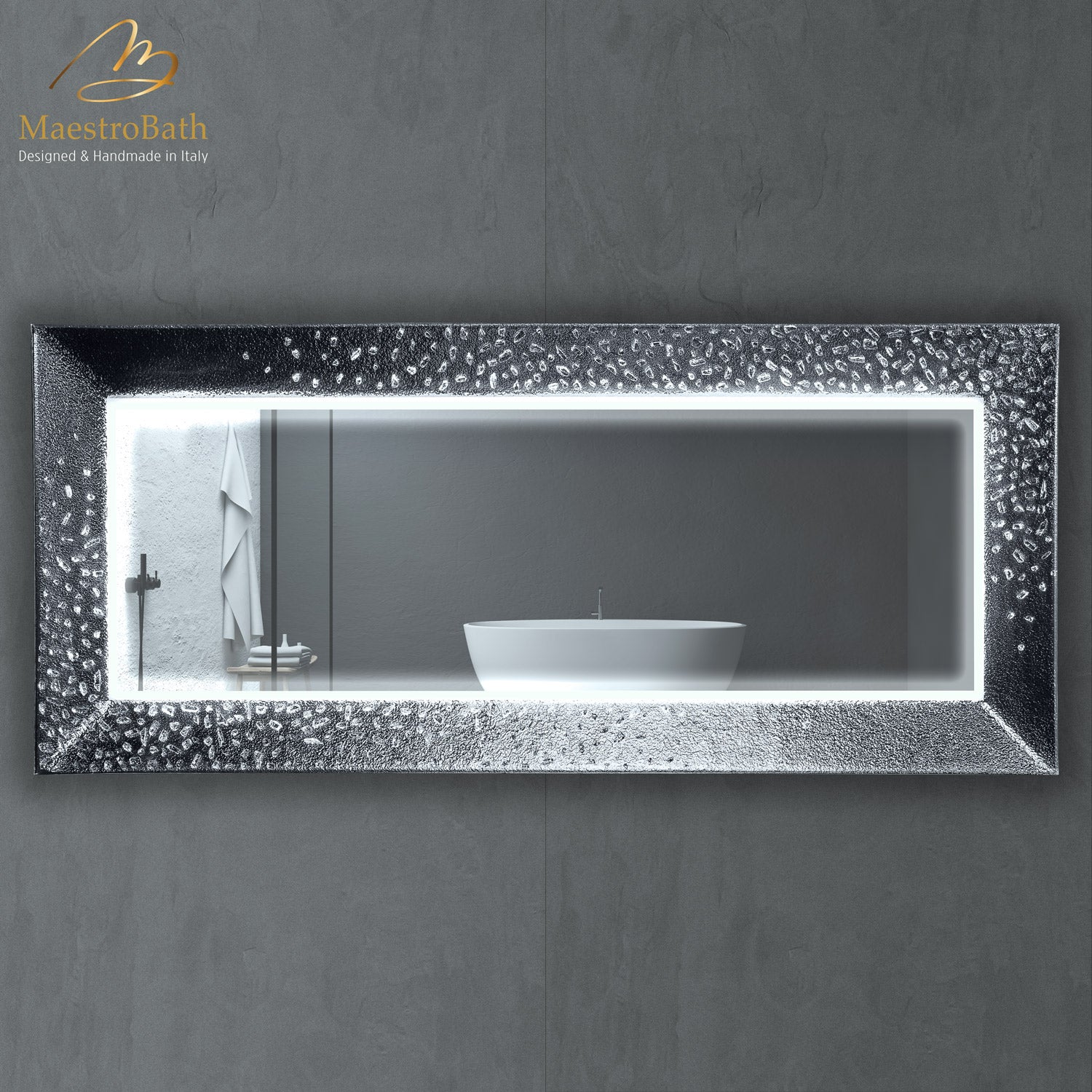Choosing the right mirror setup for your bathroom can significantly impact both the room’s functionality and overall design. Two popular options are installing a double vanity mirror (one large mirror spanning the vanity) or opting for two separate mirrors over each sink. While both approaches have their advantages, deciding which one suits your style and needs best often comes down to factors like aesthetics, ease of use, and budget. Below, we explore the key differences to help you make an informed choice.
1. Aesthetic Appeal
Double Vanity Mirror
A single, expansive mirror can create a sense of continuity and openness, especially in smaller bathrooms. The uninterrupted surface reflects more light, giving the illusion of increased space. If you love a sleek, minimalist look, a double vanity mirror can seamlessly tie your vanity area together, maintaining a clean, modern feel.
Two Separate Mirrors
If you prefer a more individualized or decorative style, two mirrors allow you to pick frames that suit each sink or coordinate with the rest of your bathroom décor. This choice also gives you the flexibility to experiment with contrasting shapes, finishes, and materials for a unique, personalized look.
2. Functionality and Practical Use
Double Vanity Mirror
With a single large mirror, there’s typically more reflective surface area. This can be helpful for couples or families sharing the vanity, as each person has enough room to get ready without feeling cramped. The additional reflective surface can also enhance your lighting, making tasks like shaving or applying makeup more comfortable.
Two Separate Mirrors
Individual mirrors can offer clear delineation of space. Each user has a dedicated mirror, minimizing the chance of bumping elbows or blocking each other’s reflection. In a busy household, separate mirrors can reduce morning congestion, as one person’s routine won’t interfere with the other’s.
3. Installation and Adjustability
Double Vanity Mirror
Mounting a single large mirror can be straightforward—assuming the wall is prepped and measurements are accurate. However, the size may make it heavier and more challenging to install. You’ll also need to ensure secure brackets or a sturdy backing, so the mirror stays in place.
Two Separate Mirrors
Installing separate mirrors might be simpler in terms of handling smaller pieces, but it can require more precise measurements. Each mirror must be correctly aligned and spaced over the sinks. On the plus side, you can adjust the height or angle of each mirror independently, catering to users of different heights.
4. Lighting Considerations
Double Vanity Mirror
With one large mirror, you can easily position overhead lighting or side sconces to reflect off its surface, brightening the vanity area. Some double vanity mirrors even come with integrated LED lighting for a clean, uniform glow. However, ensure that any fixtures won’t block the mirror’s top edge or cast shadows where you need light the most.
Two Separate Mirrors
Separate mirrors allow you to tailor lighting for each sink. You can install sconces between the mirrors or mount individual fixtures above each one for targeted illumination. This setup can create a symmetrical look, especially if you favor more traditional or classic bathroom designs.
5. Cost and Upkeep
Double Vanity Mirror
A single, larger mirror may be more expensive upfront due to size, material, and thickness. However, cleaning one continuous surface can be quicker. Keep in mind that if the mirror becomes damaged, you’ll likely need a full replacement.
Two Separate Mirrors
Choosing two individual mirrors can sometimes be more cost-effective, depending on the frames and materials you select. However, cleaning two distinct surfaces and frames might be slightly more time-consuming. On the upside, if one mirror gets damaged, you only need to replace or fix that particular piece.
Whether you opt for a double vanity mirror to create an open, modern look or two separate mirrors for added customization and personal space, the decision ultimately depends on your bathroom’s layout, design preferences, and daily routines. By considering factors like aesthetic appeal, lighting needs, and ease of installation, you’ll be one step closer to choosing the perfect mirror setup—making your bathroom both stylish and functional for everyone who uses it.





